Single-seaters have Formula E, touring cars will soon have Electric GT and bikes have MotoE. But so far rallying has had nothing to bring to the electric table.
A few independent electric entries into events such as the Dakar Rally have shown the potential of electron-fuelled rallying, but no electric-only series exists. That could soon change, however, because a small British company wants to lead the way by establishing the world’s first electric rallying championship.
Hot two-seat Renault Zoe e-sport gets 460bhp
Fife-based eRally already has support from UK motorsport’s governing body, the MSA, and it hopes to offer electric rally cars to compete in junior rallying in the next year or two. The key to securing this future comes in the form of a Renault Zoe, which has been transformed into a prototype electric rally car by the eRally team. Company founder and ex-British Rally Championship driver Ellya Gold headed up the project, with input from Formula 1000 junior rally series chairman Tristan Dodd and Stavtec Rally Prep, based near Aberdeen.
On a damp morning at Glan-y-Gors kart track in north Wales, we meet Gold to find out why the eRally Zoe could be the catalyst electric rallying needs to get off the ground.
TORQUE ADVANTAGE
Because of the high torque levels of electric motors, EV powertrains are very well suited to rallying, even before any modifications are made.
“The Zoe is very much still under development, so the powertrain is completely standard,” says Gold. “Renault has produced it with a big safety margin, though, so there’s a lot more to come from it.”
Gold says torque is king on a rally stage, so the Zoe’s instantly available 162lb ft will be useful in competition. A more conventional junior rally car, such as a 1.0-litre Peugeot 107, is close to 100lb ft down on this, illustrating the Zoe’s advantage.
“We’ve stripped something like 100kg out of the cabin, so the car weighs just over 1300kg,” says Gold. “It’s definitely quicker than standard now, but the infotainment is still in there, as is all of the wiring to go with it, so it can go faster still.”



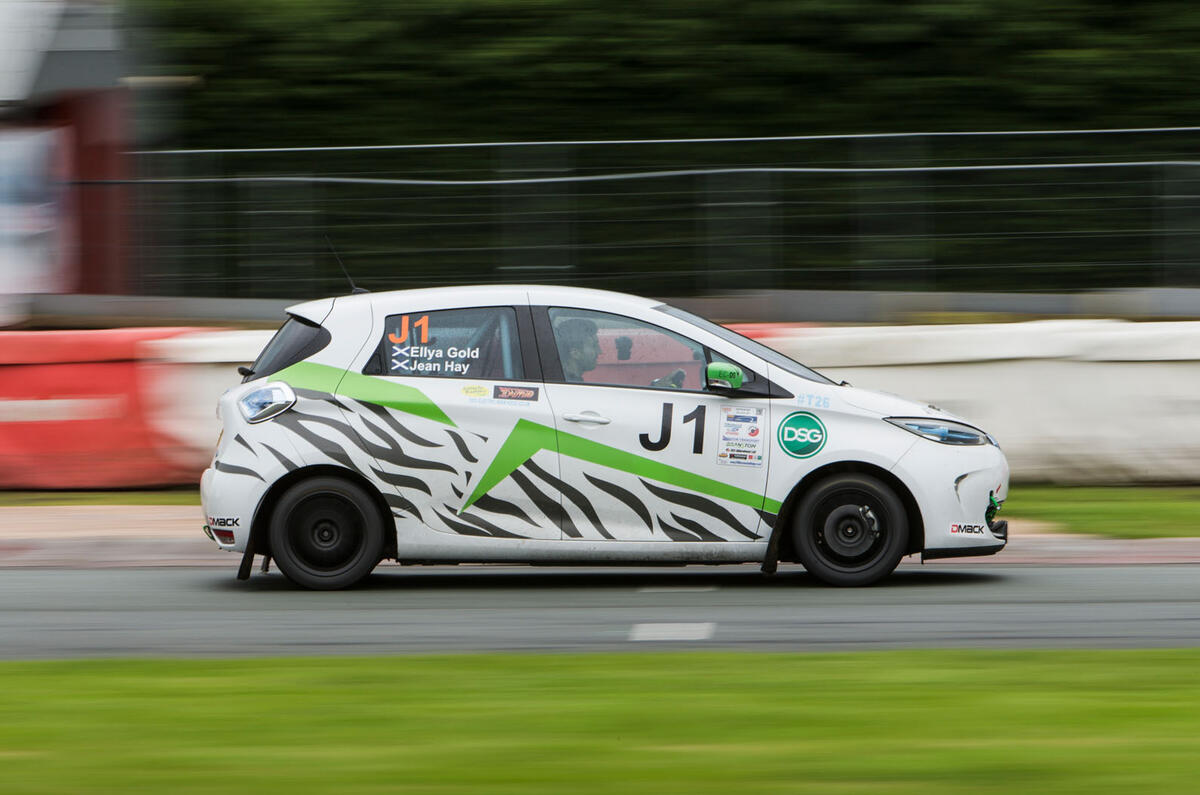
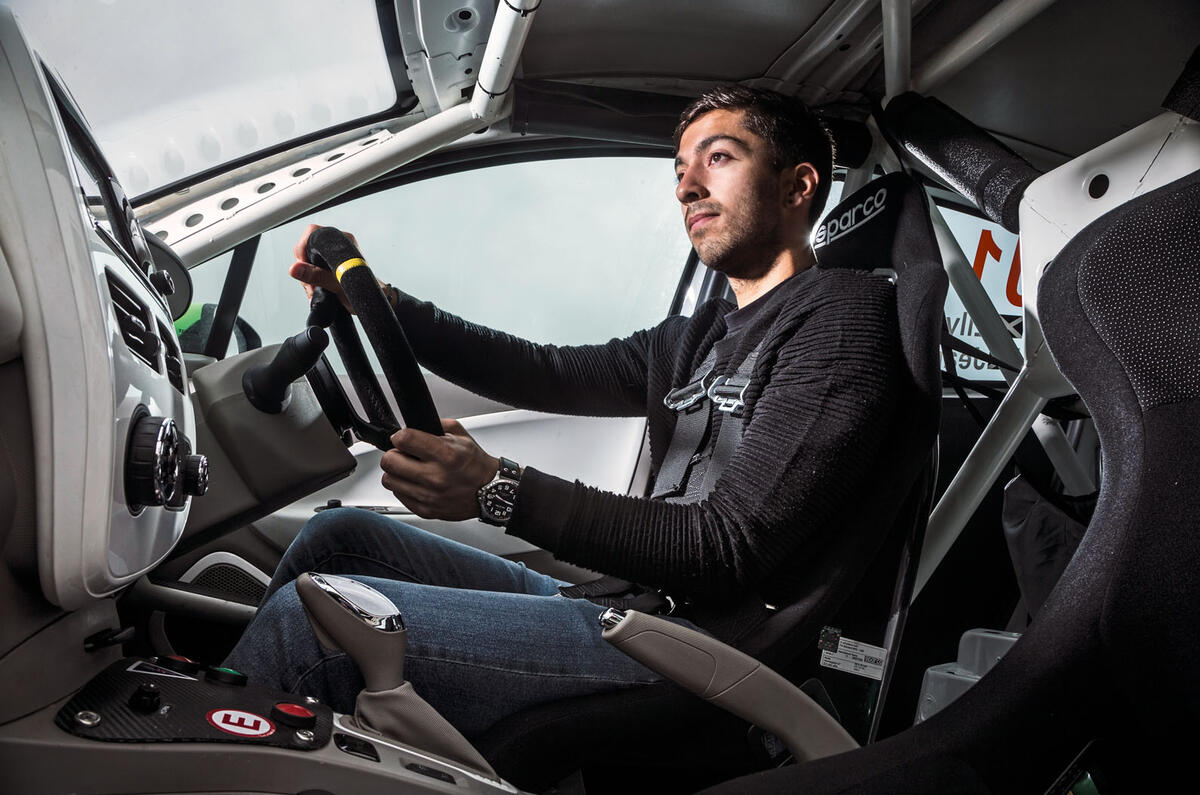
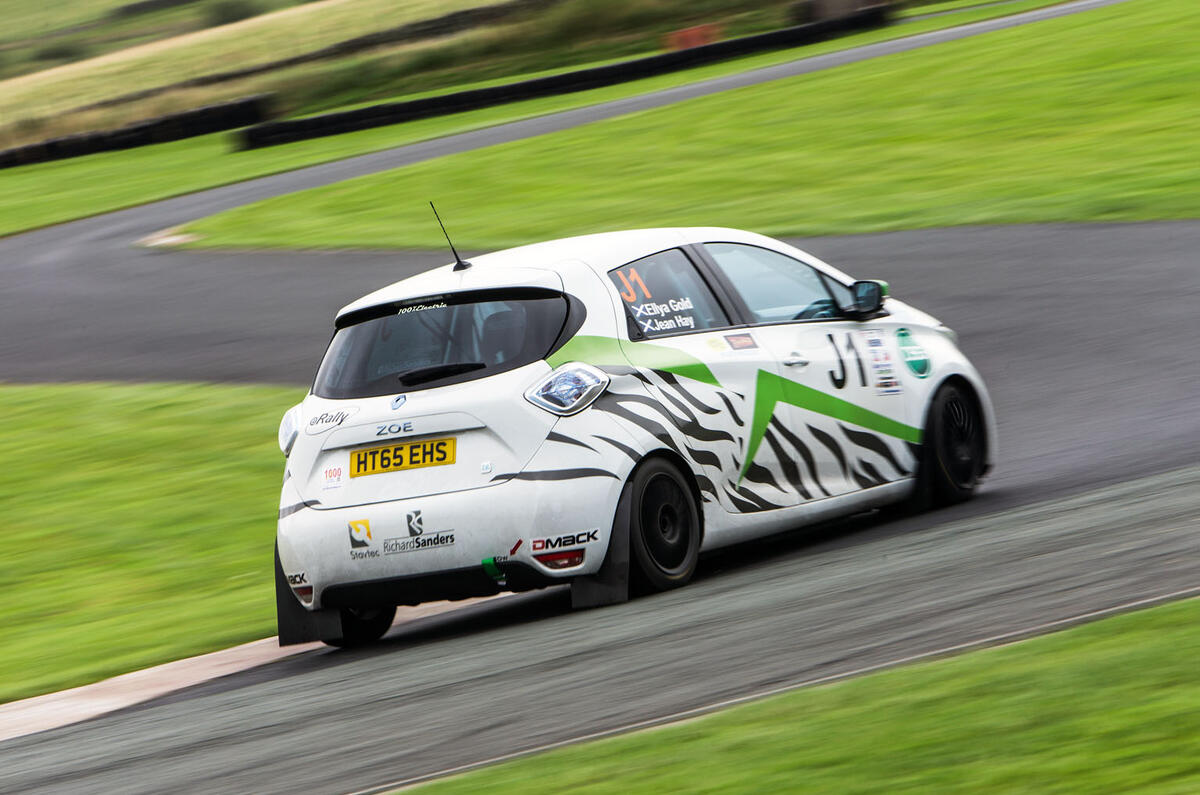
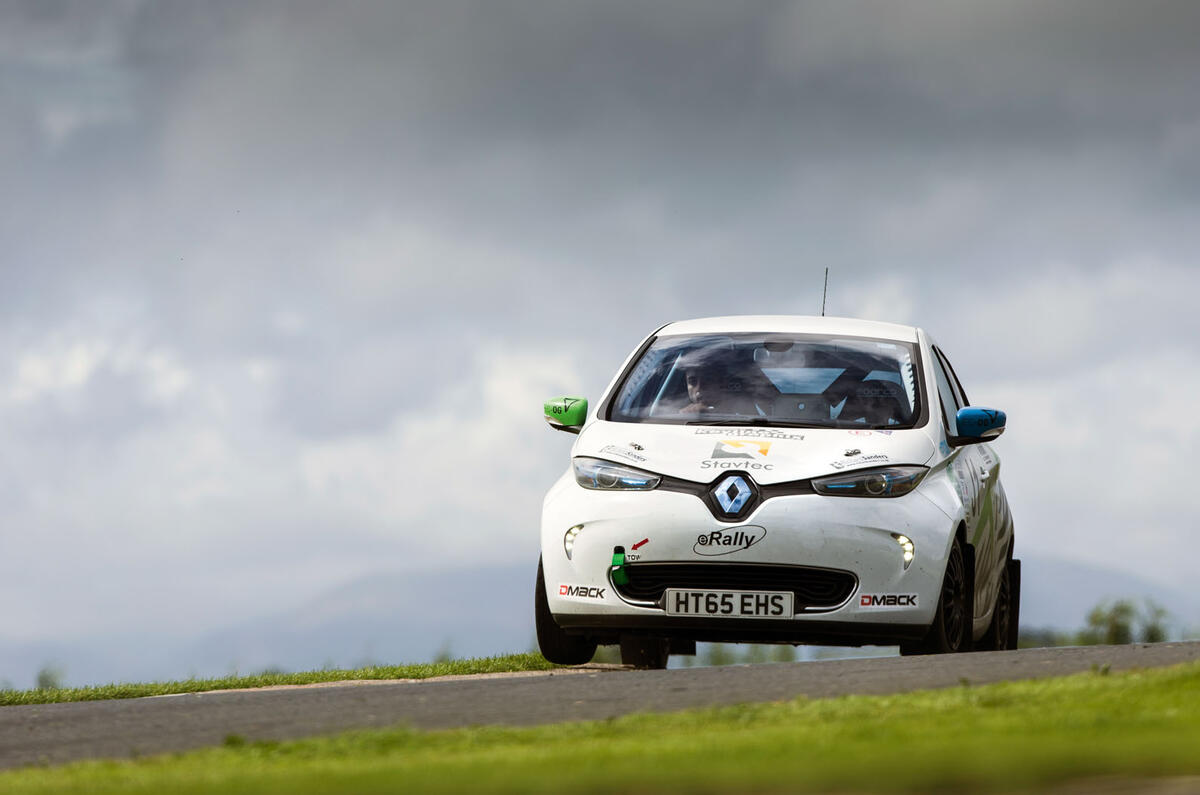

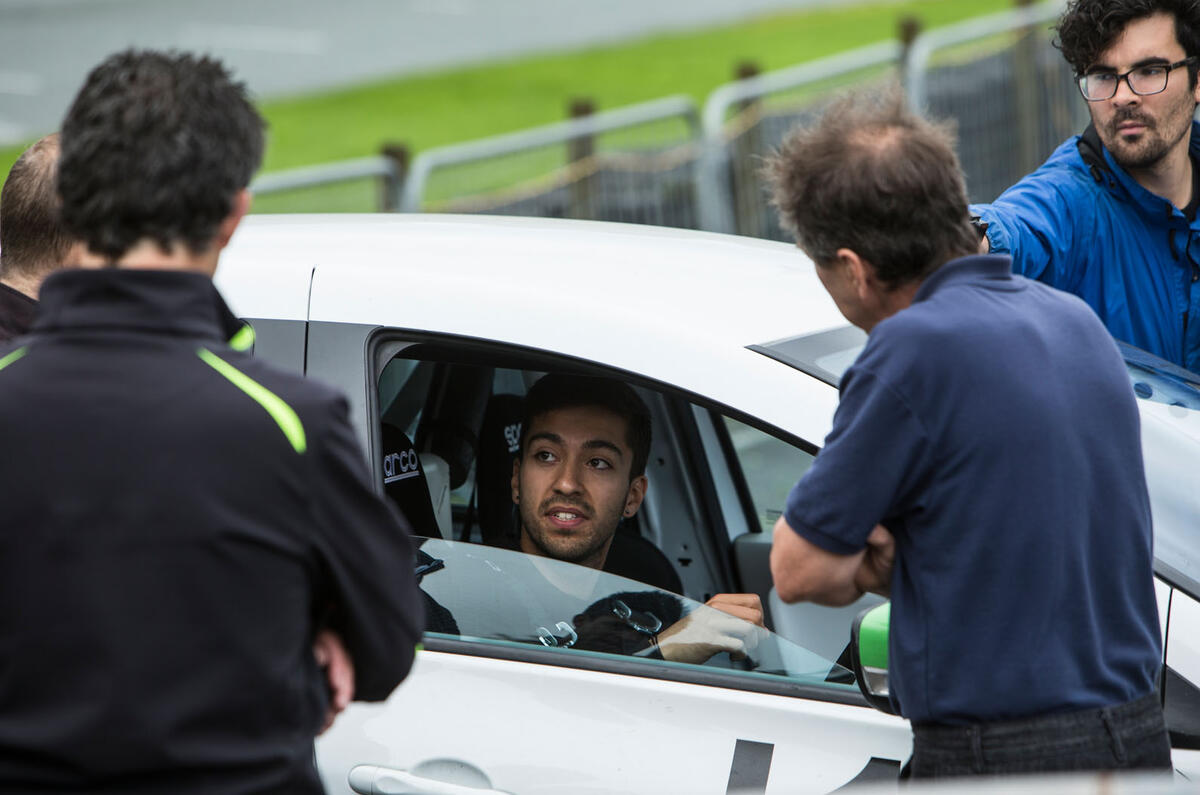
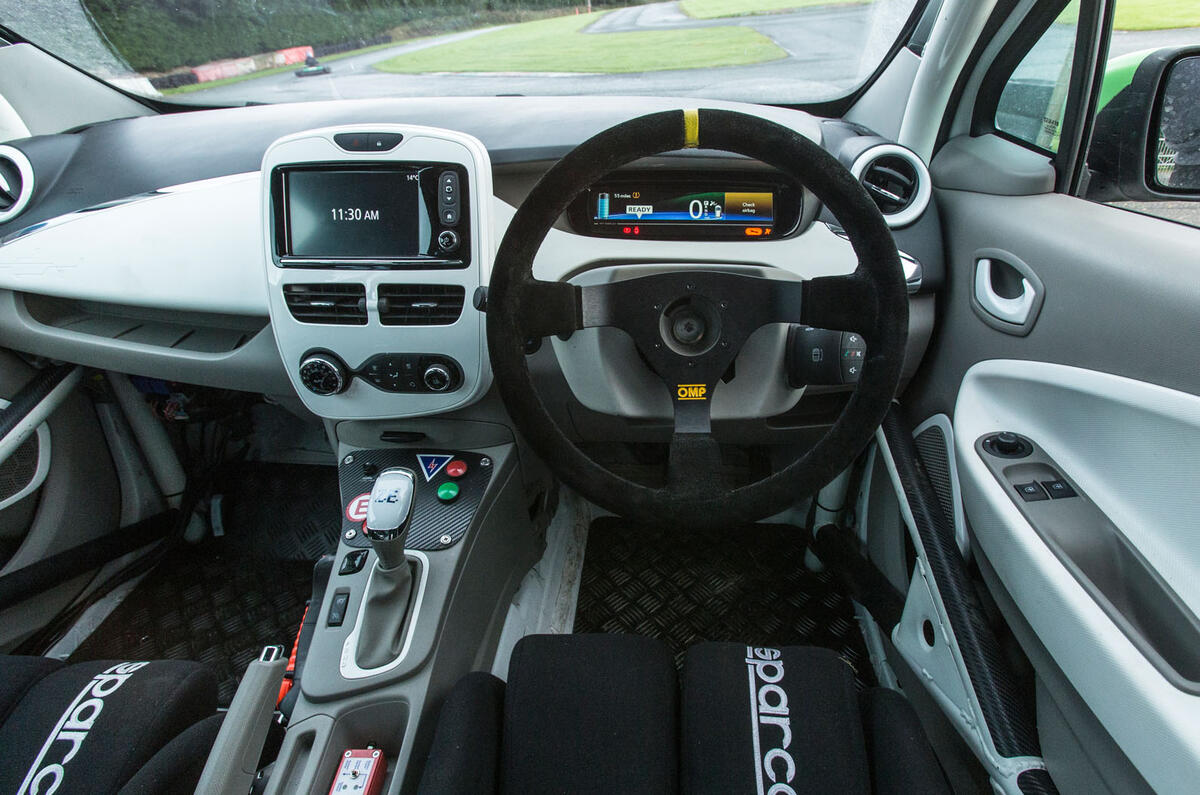

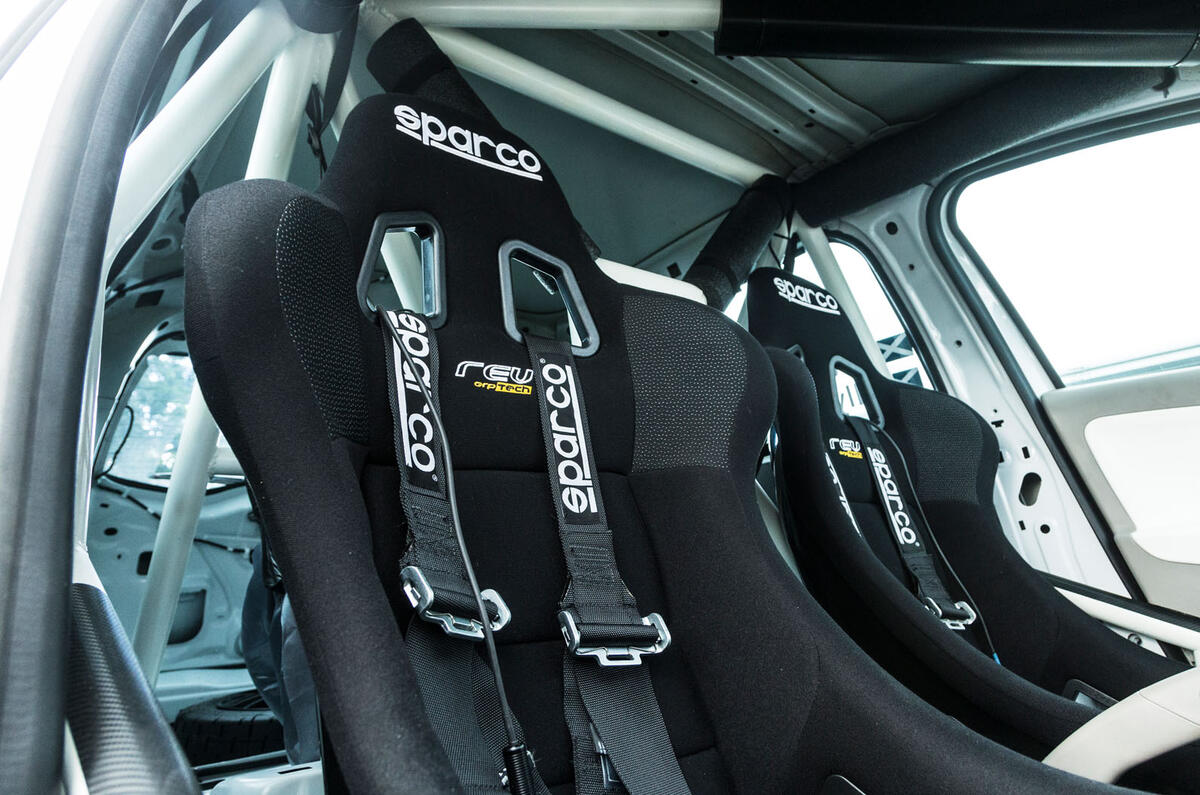

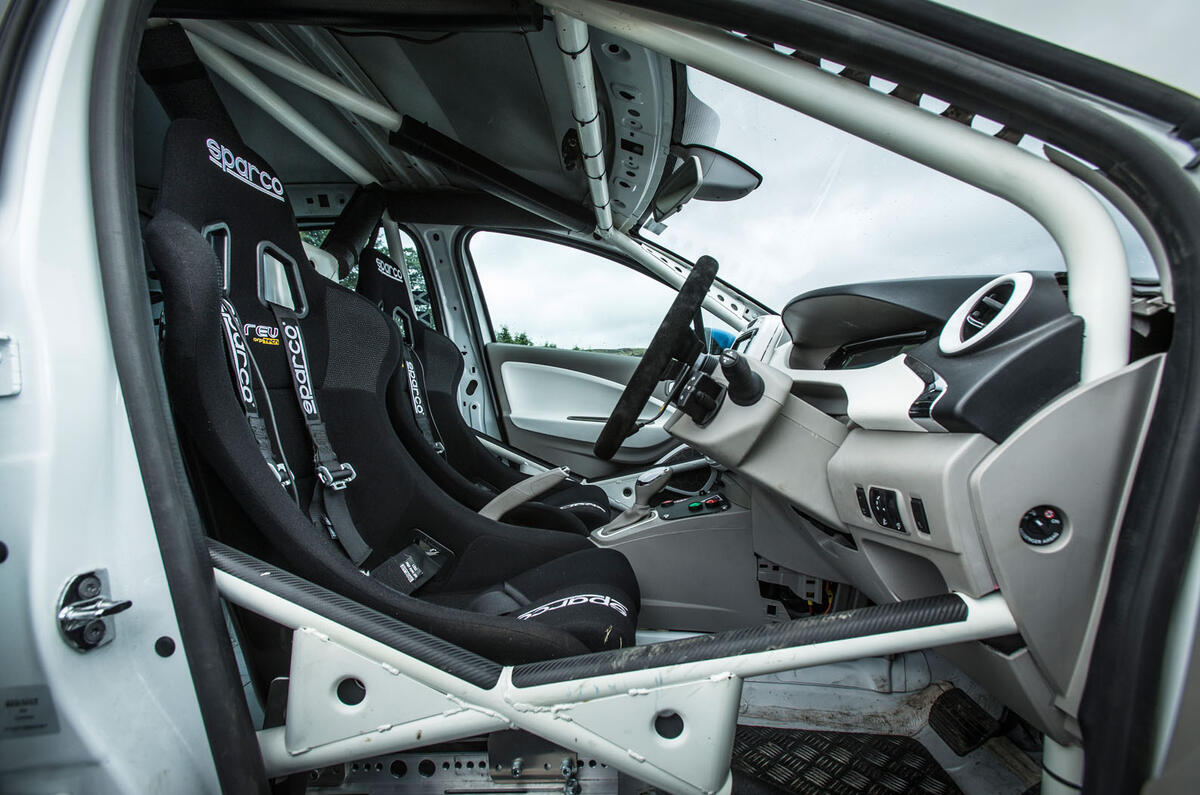
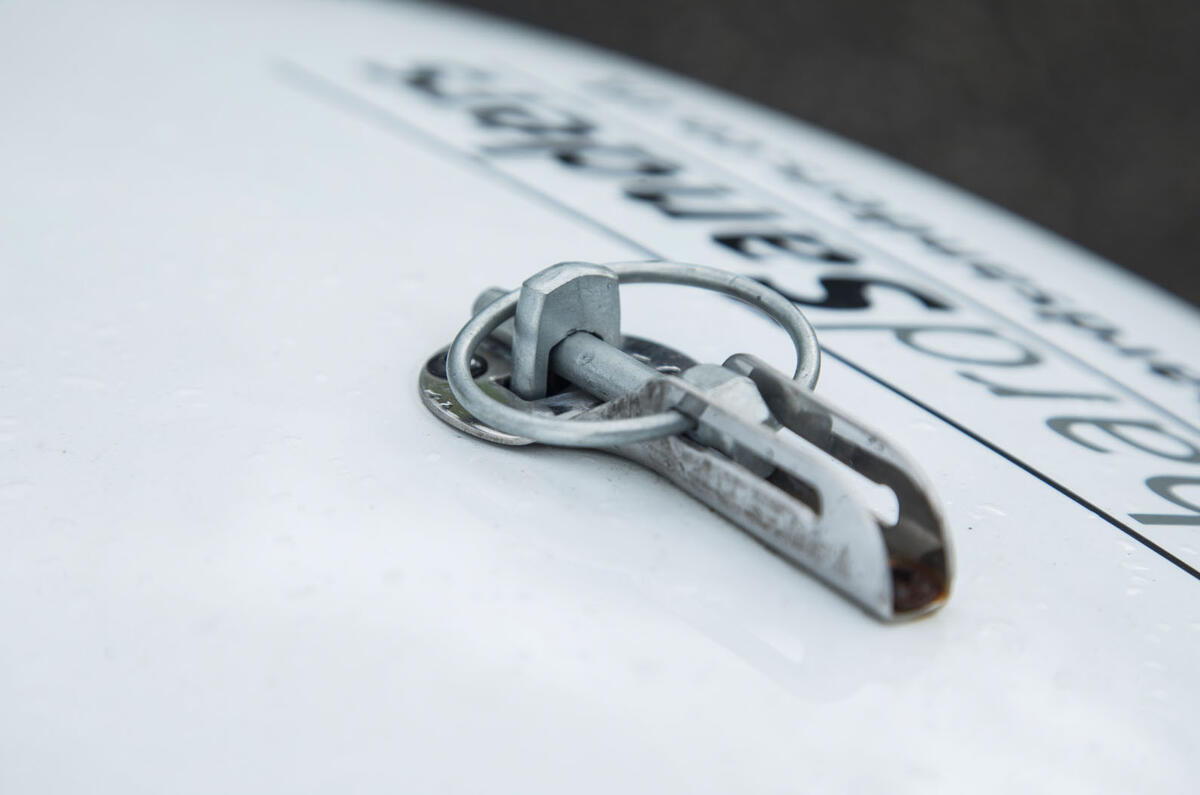
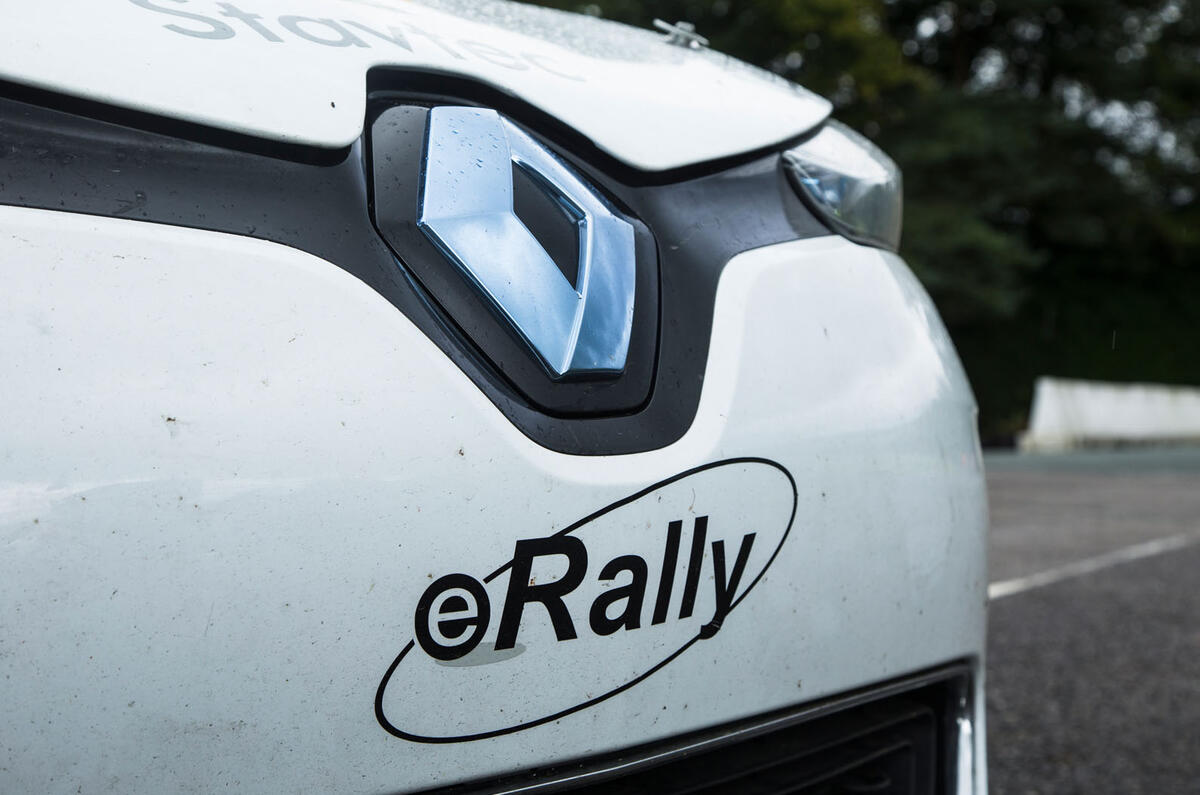

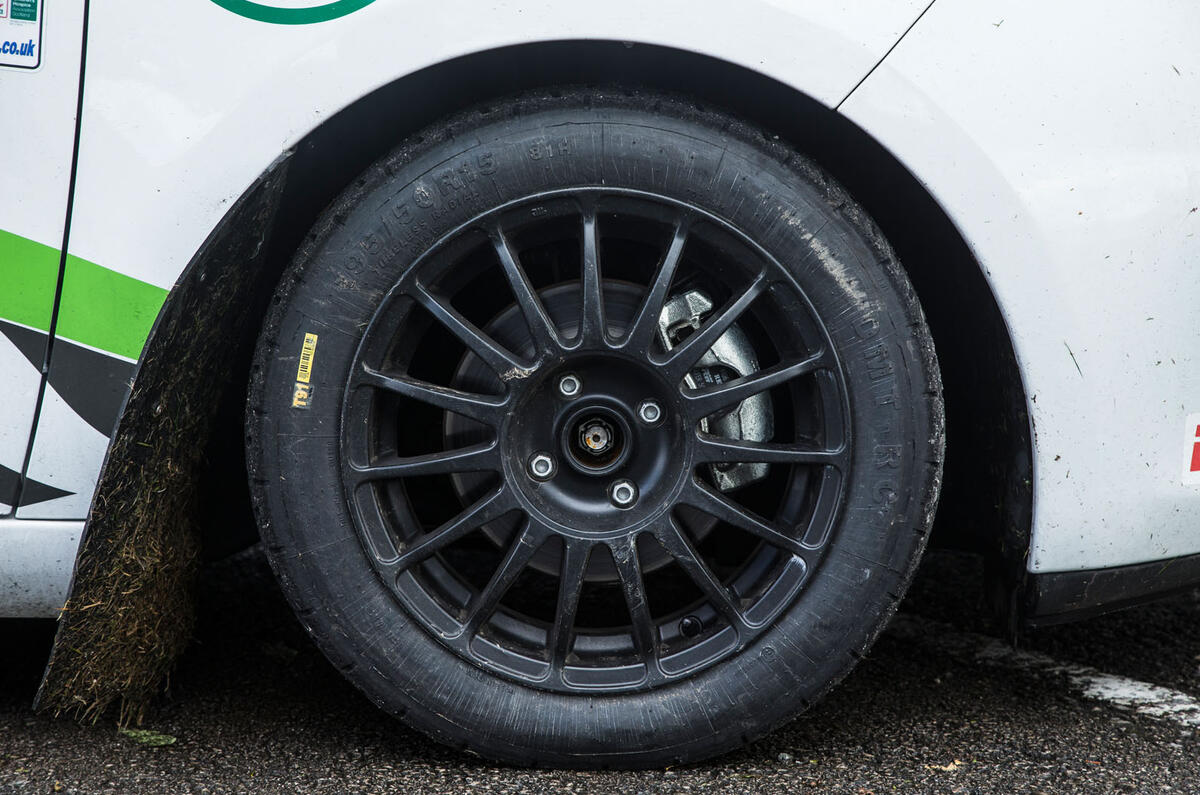
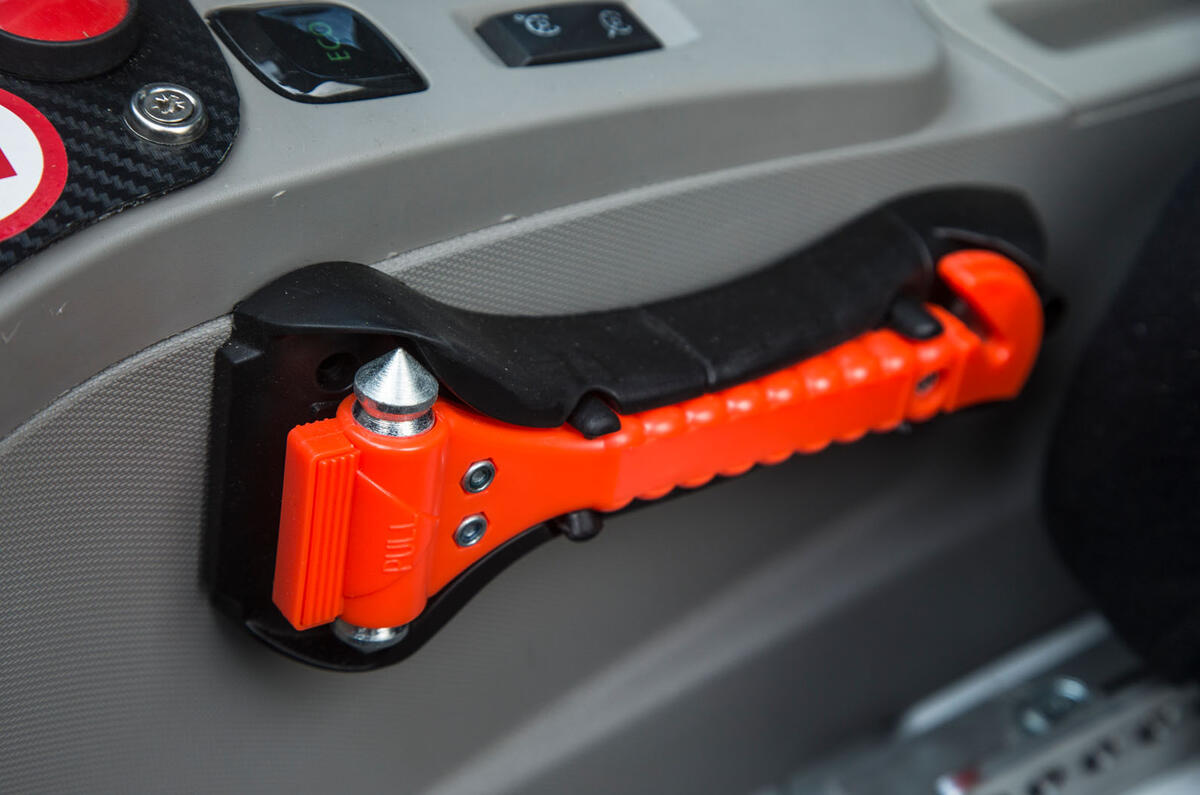

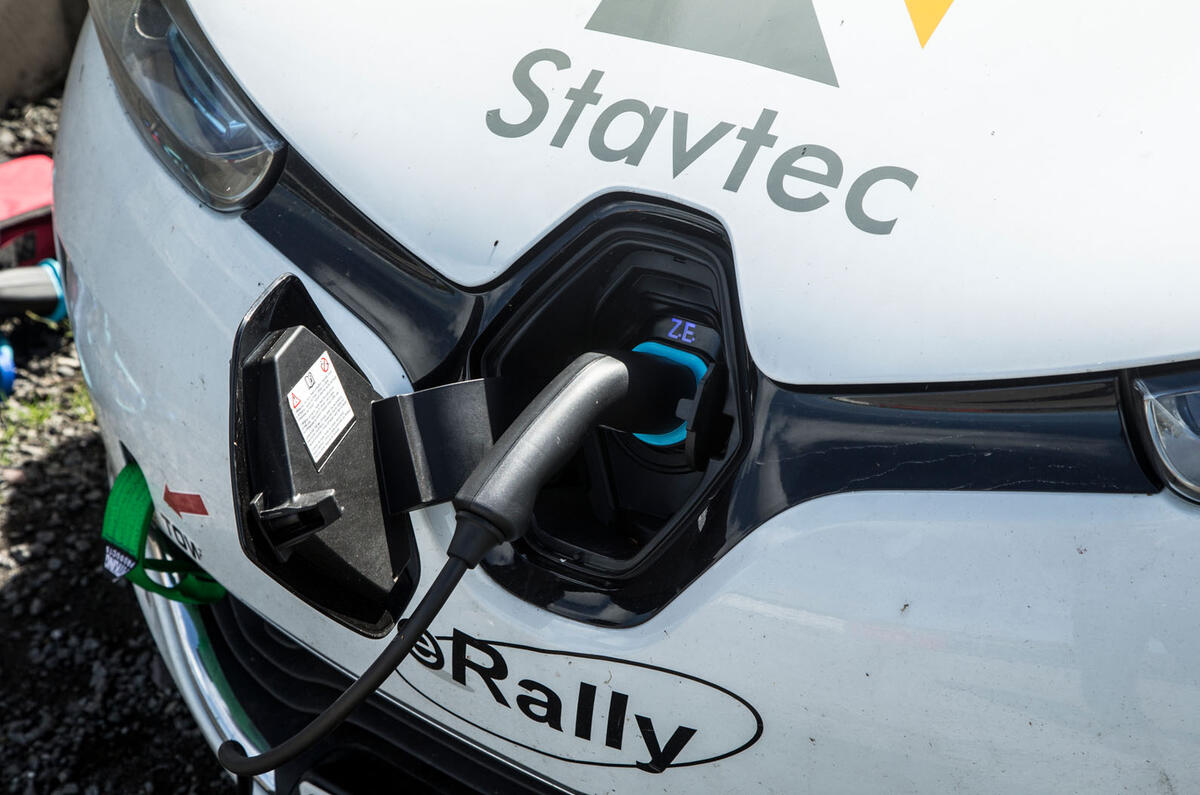
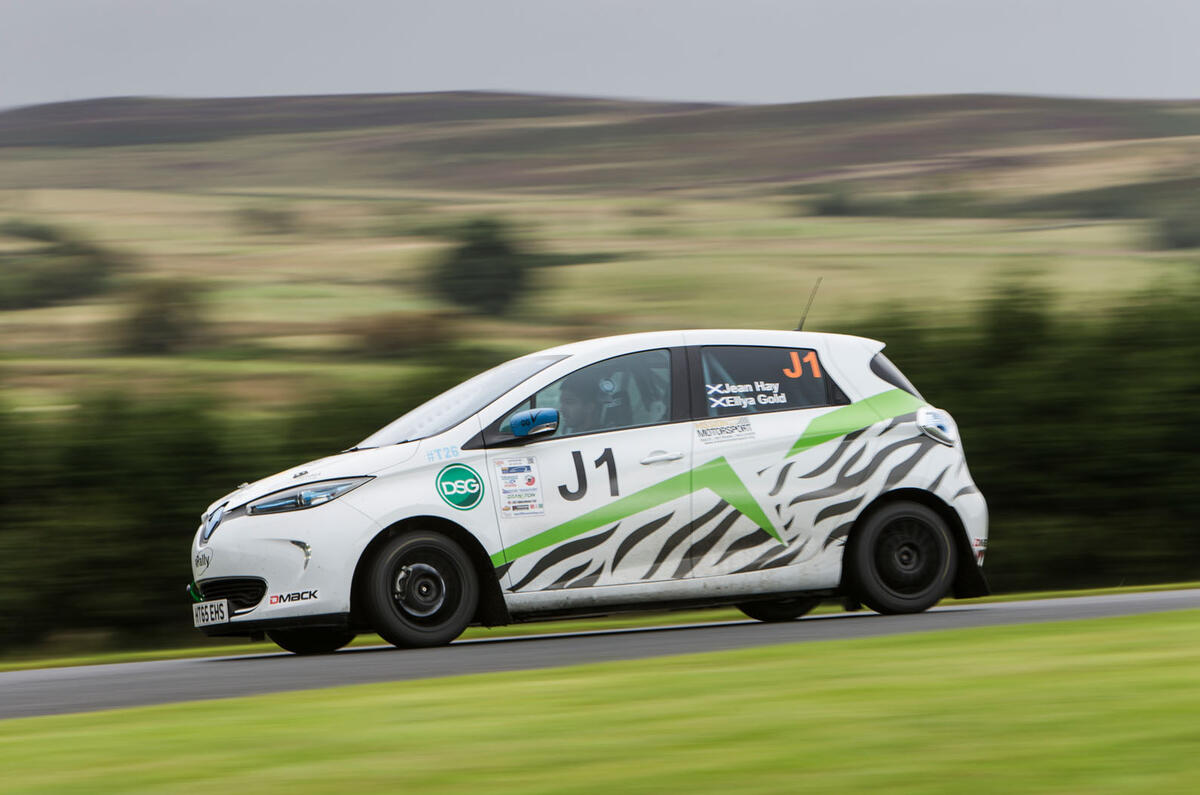
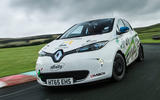
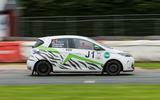
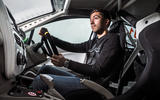
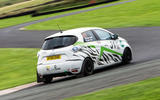
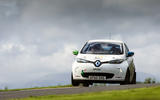
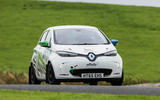

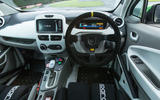
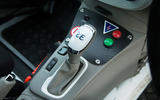
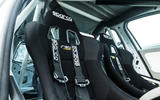
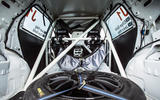


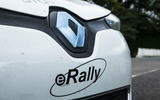
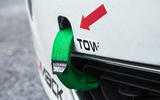
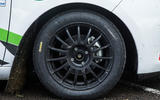
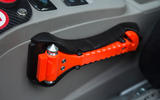
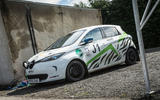
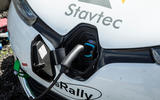
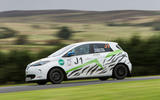




Join the debate
Add your comment
I think the Peugeot 107 you
Driving a Renault Zoe or whatever it's called is about as involving as racing on a games console. In fact probably less so, as at least that produces some noise.
How much mastery of a clutch
Range!